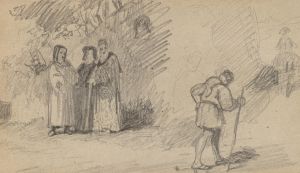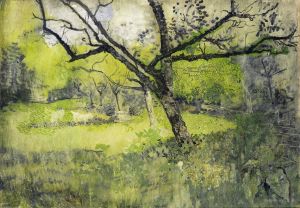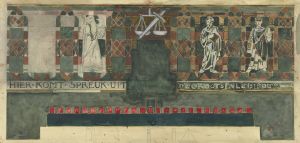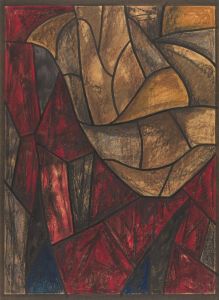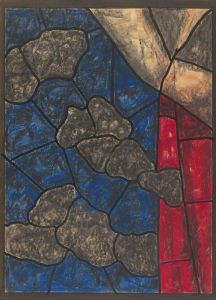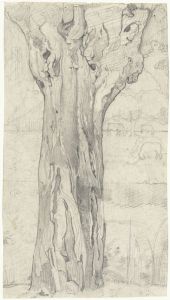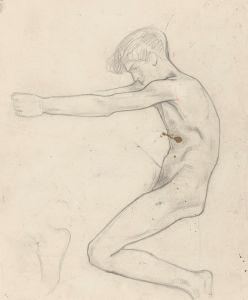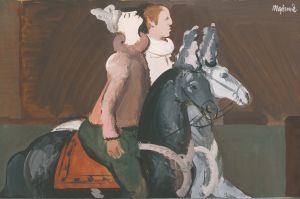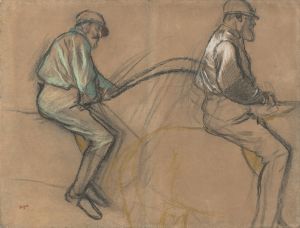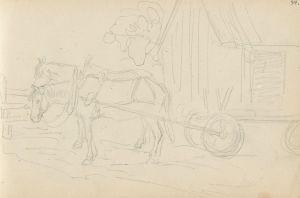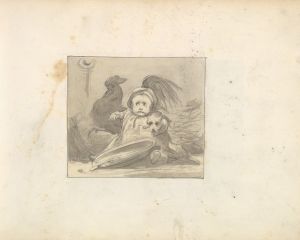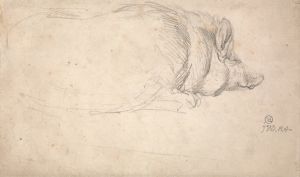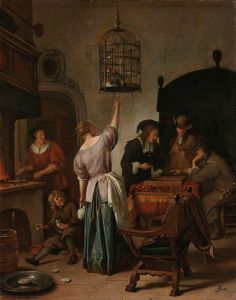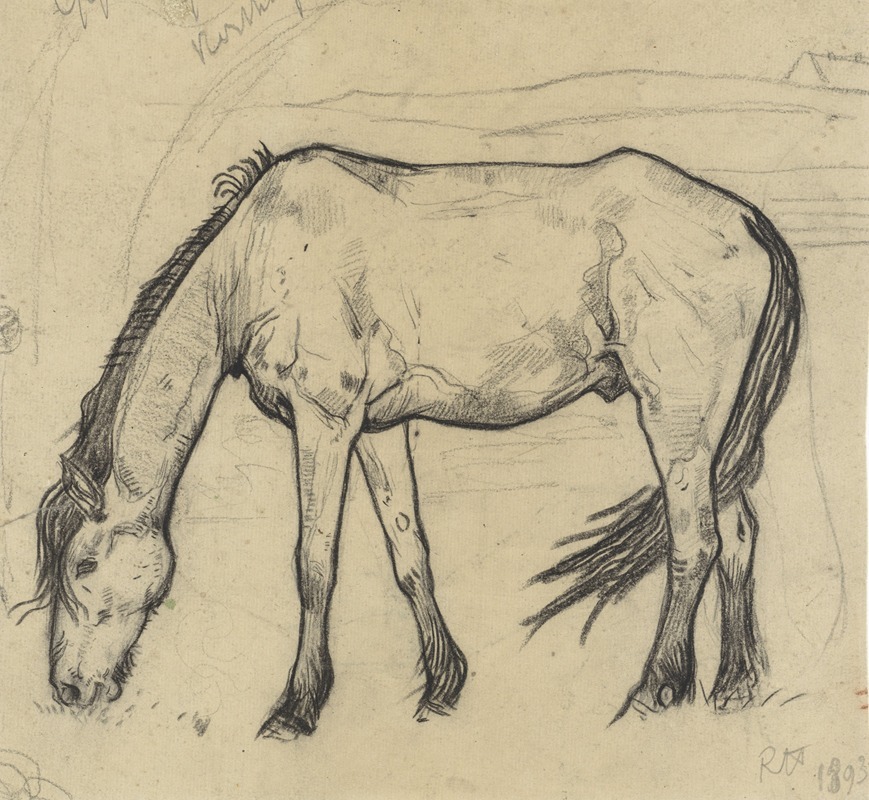
Grazend paard te Noordwijk
A hand-painted replica of Richard Nicolaüs Roland Holst’s masterpiece Grazend paard te Noordwijk, meticulously crafted by professional artists to capture the true essence of the original. Each piece is created with museum-quality canvas and rare mineral pigments, carefully painted by experienced artists with delicate brushstrokes and rich, layered colors to perfectly recreate the texture of the original artwork. Unlike machine-printed reproductions, this hand-painted version brings the painting to life, infused with the artist’s emotions and skill in every stroke. Whether for personal collection or home decoration, it instantly elevates the artistic atmosphere of any space.
Richard Nicolaüs Roland Holst (1868–1938) was a Dutch painter, designer, and writer associated with the Amsterdam School of art and architecture. He was known for his contributions to the Symbolist movement and his work in various artistic mediums, including murals, stained glass, and book illustrations. Among his extensive body of work is the painting Grazend paard te Noordwijk (translated as Grazing Horse in Noordwijk), which depicts a horse grazing in the Dutch coastal town of Noordwijk.
The painting reflects Roland Holst's interest in capturing the natural beauty of the Dutch landscape, a recurring theme in his work. Noordwijk, located in the province of South Holland, is known for its dunes, beaches, and rural scenery, which have inspired many artists over the years. In Grazend paard te Noordwijk, Roland Holst portrays a tranquil scene of a horse peacefully grazing, emphasizing the harmony between nature and animal life. The composition is simple yet evocative, with a focus on the horse as the central subject, set against the backdrop of the serene Noordwijk environment.
Roland Holst's artistic style often combined elements of realism with a subtle Symbolist influence, and this painting is no exception. The careful attention to detail in the depiction of the horse and the surrounding landscape demonstrates his technical skill, while the overall mood of the piece suggests a deeper appreciation for the spiritual connection between humans, animals, and nature. The work is characteristic of the artist's broader philosophy, which sought to integrate art with life and to find beauty in everyday scenes.
The exact date of the painting is not widely documented, but it is consistent with Roland Holst's active period as a painter in the late 19th and early 20th centuries. As with much of his work, Grazend paard te Noordwijk reflects his dedication to creating art that is both aesthetically pleasing and meaningful.
The painting is part of Roland Holst's legacy as an important figure in Dutch art history. While he is perhaps better known for his large-scale decorative works and his contributions to the Amsterdam School, his smaller, more intimate pieces like Grazend paard te Noordwijk offer valuable insight into his artistic vision and his ability to capture the essence of the Dutch landscape.
Further details about the painting's current location, provenance, or exhibition history are not readily available in public records.





